Last updated on September 17, 2021
Jawhar Sircar : M.P. (Rajyasabha) kolkata, 16th. September, 2021. Bengal’s Vishwakarma puja is a good example of how an old Vedic deity was retrieved from total oblivion to be reinstated as a post-Industrial god. Once factories and larger units of production came up in the second half of the 19th century, the new class of workers needed their own festival.
Craftsmen and mechanics joined them and a new people’s festival was created. It is the only Hindu worship that is celebrated in Bengal every year on the fixed date of the 17th of September in the English or Gregorian solar calendar:
Artisans and industrial workers all over the northern and western states of India, however, worship their tools on a lunar tithi, Goverdhan Puja day, the day just after Diwali. In the south they do the same, along with their own Saraswati puja, during Ayudha pujan, which falls on Maha-Navami day. Bengalis love to be different from other states, whether in their political choices on in festivals.

Vishwakarma is mentioned in the Rig Veda but he is very similar to another Vedic god of creation, Tvastar. He was quite akin to the ancient Greek god of craftsmen, Hephaestus, the son of Zeus and also resembled the Roman god of fire and artisans, Vulcan, from whom we get the word ‘vulcanised’ for heat-treated objects, like rubber.
Vedic Aryans had no idols or temples, but later portrayals of this deity show him with a long white beard like Brahma or Narendra Modi. Sometimes he had one face, at other times, three or four.
He had four hands and he often rides on five white elephants. In some icons, the old bearded Vishwakarma is also portrayed on a throne with one feet on his thigh and a swan near his feet.
The Puranas that followed the Epics elaborated on Vishwakarma’s genius in the Satya Yuga when he created Swargalok and in the Treta Yuga when his fabulous marvel, the golden city of Lanka, was acquired by Ravana. He then constructed Krishna’s capital of Dwarka in the next era, Dwapar.
He was the architect who converted Khandava-prastha into the glittering Indraprastha of the Pandavas. So perfect were the illusions that he created in the palace there that Duryodhan was mesmerised and fell inadvertently into a pool. This provoked Draupadi’s instantaneous laughter and the dangerous remark that “the blind man’s son is blind as well”. As we know, the consequences were terrible.
Modern day Vishwakarma is celebrated mainly in the eastern parts of the country — Bengal, Assam, Tripura, Odisha, Bihar and Jharkhand. This festival is also celebrated in Uttar Pradesh and Karnataka.
But till a century ago, he had no form. British observer of Indian festivals, MM Underhill, noted that he “is worshipped as a pitcher, before which are placed the tools and implements of work.”
No one cam say he was given a form but in 20th century Bengal, he is transformed into a handsome clean-shaven young man, with a neat moustache like Kartik.
Till today many houses in North Calcutta celebrate Arandhan or Ranna Pujo. All cooking is done the day before so that women get some respite the next day. As Vishwakarma puja usually falls on Bhadra Sankranti or close to it and marks the day when the month long puja of Maa Manasa and Ashta nag ends.
Vishwakarma has a very strong connection with Manasa. According to the Mansa Mangal Kavaya without Vishwakarma’s help Manasa could not have had killed Lakindar and in the process established her supremacy over Shiva.
The younger Vishwakarma of Bengal has left the construction of grandiose architecture to promoters but he appears quite content with the worship of lesser mortals — drivers, mechanics, workers, craftsmen and artisans.








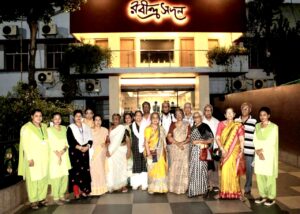

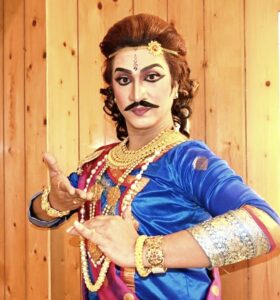

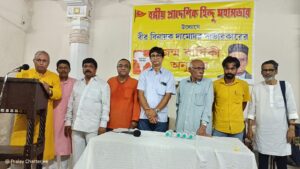
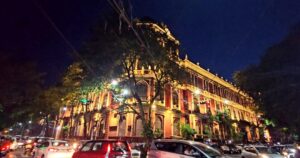
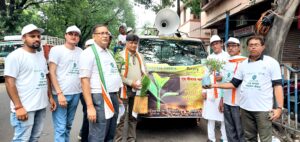
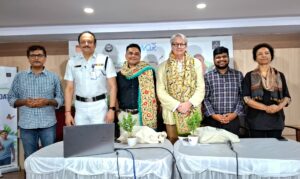
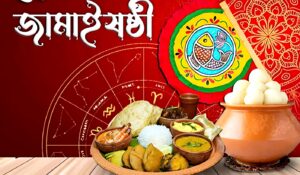
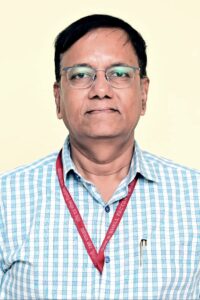
Be First to Comment